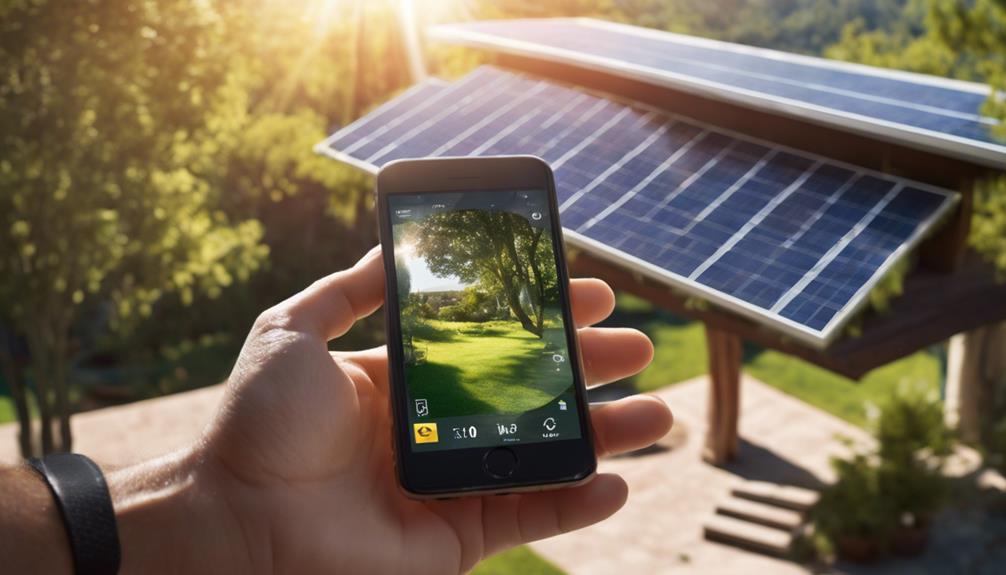
In recent years, the demand for renewable energy sources has surged, with solar energy taking center stage as one of the most accessible and sustainable options. Among the innovative technologies emerging in the solar industry, double-sided solar panels have gained considerable attention. This blog post delves into what double-sided solar panels are, their benefits, installation considerations, and their role in shaping the future of renewable energy.
Understanding Double-Sided Solar Panels
Double-sided solar panels, also known as bifacial solar panels, are a revolutionary technology designed to capture sunlight on both sides of the panel. Traditional solar panels, typically mounted on rooftops or solar farms, only utilize the sunlight that directly hits the front surface. In contrast, double-sided solar panels harness light that reflects off surrounding surfaces, such as the ground or nearby buildings. This increased solar energy collection can significantly enhance the overall efficiency of solar power systems.
The Benefits of Double-Sided Solar Panels
One of the most significant advantages of double-sided solar panels is their enhanced energy efficiency. By capturing sunlight from both sides, they can produce up to 30% more energy compared to traditional panels under optimal conditions. This increased output can lead to higher electricity savings for homeowners and businesses alike. Additionally, double-sided solar panels are often constructed with durable materials, making them more resistant to weather elements and ensuring a longer lifespan. Their ability to generate more power in the same space also makes them ideal for urban areas where real estate is at a premium.
How Double-Sided Solar Panels Work
Double-sided solar panels function by utilizing photovoltaic cells that are capable of converting sunlight into electricity on both sides of the panel. The front side captures direct sunlight, while the rear side collects reflected sunlight from the ground or nearby surfaces. The efficiency of these panels largely depends on the installation environment; for instance, installing them over white or reflective surfaces can significantly enhance their performance. This innovative design not only maximizes energy generation but also promotes a more sustainable approach by utilizing available resources more efficiently.
Installation Considerations for Double-Sided Solar Panels
When considering double-sided solar panels for your property, several installation factors come into play. Proper positioning is crucial to maximize the benefits of bifacial technology. Ideally, these panels should be installed at an angle to optimize sunlight exposure throughout the day. Additionally, the installation surface should be reflective to enhance the amount of light captured by the rear side. Ground-mounted systems, elevated installations, or installations over reflective materials, such as white gravel or concrete, can significantly improve performance. Consulting with a professional solar installer can help ensure optimal results.
Cost Analysis of Double-Sided Solar Panels
While double-sided solar panels may come with a higher upfront cost compared to traditional panels, the long-term savings and benefits can outweigh the initial investment. The increased energy production can lead to lower electricity bills and a faster return on investment. Furthermore, many governments and organizations offer incentives and rebates for renewable energy installations, which can help offset the initial costs. A thorough cost-benefit analysis considering local energy prices, installation costs, and potential savings can provide a clearer picture of the financial implications of switching to double-sided solar panels.
Environmental Impact of Double-Sided Solar Panels
The environmental benefits of double-sided solar panels extend beyond just increased energy efficiency. By producing more energy in a smaller footprint, these panels can help reduce the overall land area required for solar farms, preserving natural habitats and ecosystems. Additionally, as a clean energy source, solar panels contribute to a decrease in greenhouse gas emissions, combating climate change. Utilizing double-sided technology further enhances the sustainability of solar energy systems, aligning with global efforts to transition to more renewable energy sources.
Future Trends in Double-Sided Solar Panel Technology
The future of double-sided solar panels looks promising, with ongoing advancements in technology aimed at improving efficiency and reducing costs. Researchers are continually exploring innovative materials and designs that could enhance the performance of bifacial panels even further. Moreover, as the demand for renewable energy continues to grow worldwide, the market for double-sided solar panels is expected to expand significantly. This trend is likely to attract investments in research and development, leading to more efficient and cost-effective solutions for consumers.
Conclusion: Embracing Double-Sided Solar Panels for a Sustainable Future
Double-sided solar panels represent a significant advancement in solar technology, offering enhanced efficiency, sustainability, and economic benefits. As the world shifts towards more renewable energy sources, embracing innovations like bifacial solar panels can play a crucial role in meeting energy demands while minimizing environmental impact. Whether you are a homeowner looking to reduce electricity bills or a business aiming to invest in sustainable practices, double-sided solar panels offer a viable solution. By understanding their benefits and installation considerations, you can make an informed decision that aligns with both your energy needs and environmental goals.
By exploring this topic, you can see that double-sided solar panels are not just a passing trend; they are a key component in the future landscape of energy production. As technology continues to evolve, the potential for these panels to contribute to a more sustainable world is immense.





